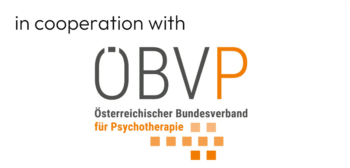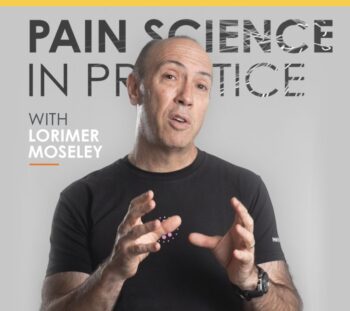Globally renowned pain researcher and communicator Professor Lorimer Moseley is bringing to Vienna the latest strategies for integrating modern pain science into your clinical practice. Expect two enjoyable and challenging days designed to elevate your confidence and competence in treating individuals with chronic pain. This is a unique opportunity, and tickets are limited.

Lorimer Moseley has been busy ‚Down Under‘ investigating how to best help our patients by using pain science discoveries to guide them towards recovery from chronic pain. Lorimer is returning to Austria for a live course that will transform your approach to integrating pain science and education into your clinical practice.
Join Lorimer as he discusses strategies for integrating modern pain science into your clinical practice. With insights from the latest research, Lorimer will focus on contemporary pain education approaches, including the fit-for-purpose model and the Resolve approach to care. He will present new resources and clinical tools to optimise your interventions and share tips and tricks to empower your patients moving forward. This course will enhance your understanding and maximise your educational impact.
Course description for Pain Science in Practice: with Lorimer Moseley
Duration: 2 days (meals included)
The course will be held in English. Lorimer is used to teach to non-native audiences.
By the end of this course, participants will:
- Understand the neurophysiological rationale for a biopsychosocial approach to the treatment of persistent pain.
- Understand how visual illusions highlight different characteristics of perception, including the complexity of pain.
- Differentiate injury and pain within a healthcare encounter
- Differentiate between constructivism-based and didactic education models
- Understand the influence of clinician language and treatment approach on patient perceptions and outcomes
- Understand the variables that promote the precision and integrity of body-related neural maps
Course Schedule
Preliminary schedule (Öffnet in einem neuen Tab oder Fenster) (subject to change)
Venue Update
Due to the overwhelming interest, we’ve decided to move the event to a larger venue:
CAPE 10 „The House That Helps“ is a modern social, health, and innovation center dedicated to improving healthcare, education, and social inclusion for children and families affected by poverty.
Alfred-Adler-Straße 1, 1100 Vienna (Sonnwendviertel, just a 5-minute walk from Viennas main train station.
Accomodation: In case you need accommodation, there are plenty of options nearby.
Education Points
Physiotherapeut:innen erhalten für den Kurs Lorimer Moseley: Pain Science in Practice 17 FE zu 45 Minuten.
Ärzt:innen erhalten für den Kurs 20 DfP – im DFP Katalog unter „Mastersessions Schmerztherapie 2026“ zu finden.
Psychotherapeut:innen erhalten für den Kurs Lorimer Moseley: Pain Science in Practice 17 AE zu 45 Minuten.



